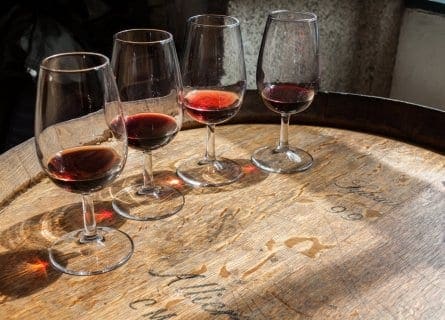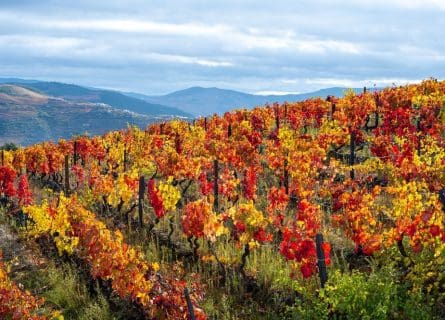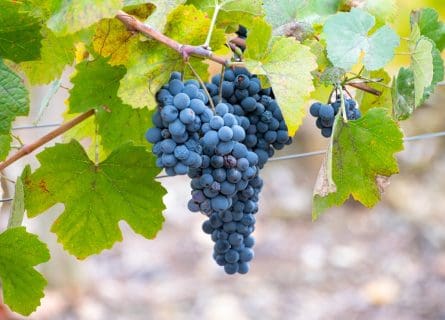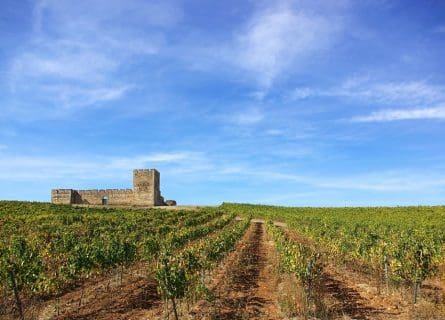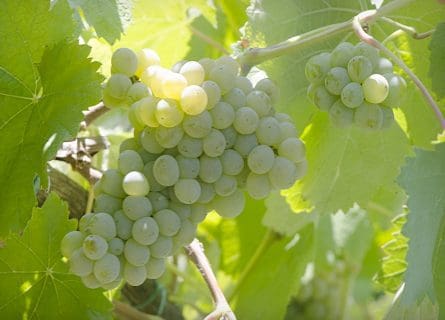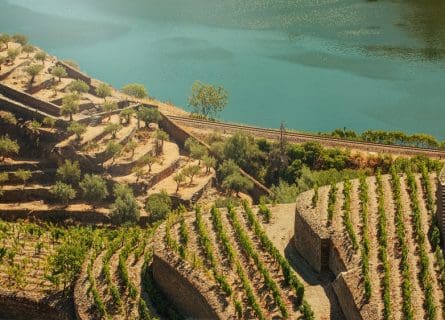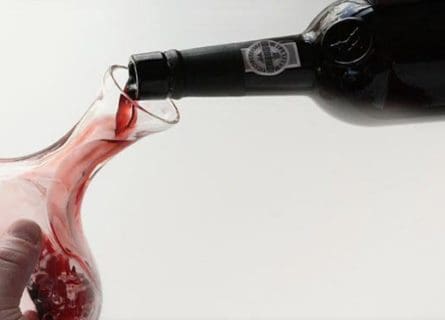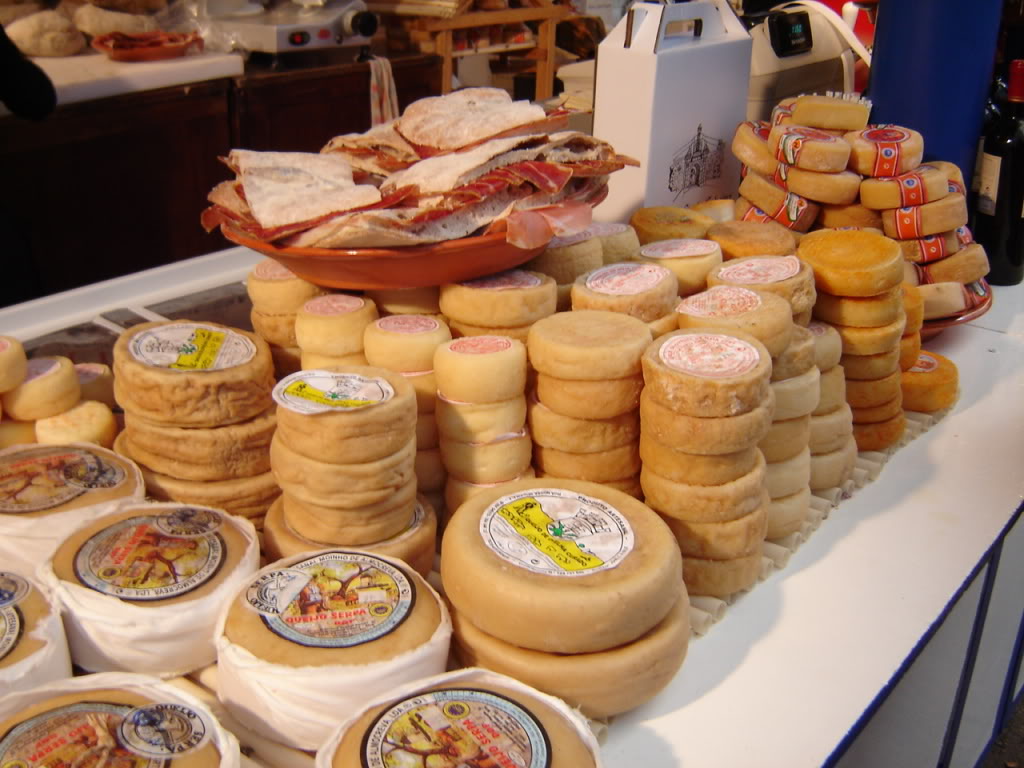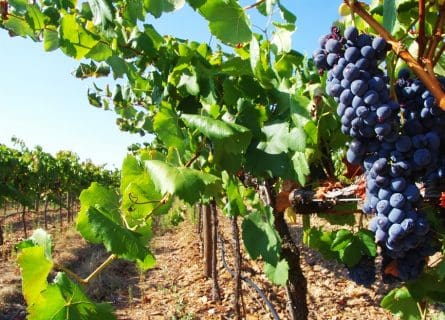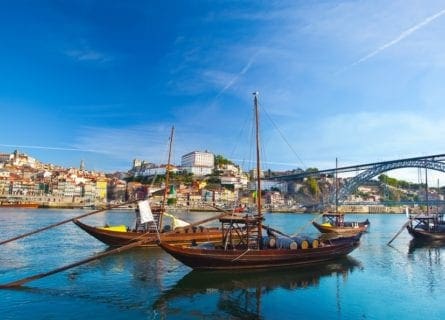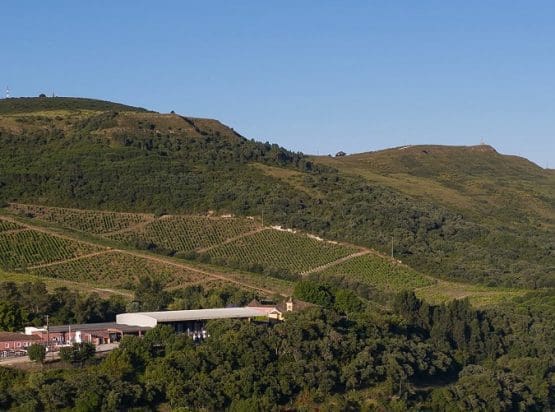
Lisbon Travel Guide
Lose Yourself in the Enchantment of Lisbon: Your Ultimate Guide to Portugal's Vibrant Capital City.
Lisbon is probably the most romantic city in Europe. Other cities are definitely more beautiful or graceful, but Lisbon has something special, something impossible to articulate in words. It’s melancholic, optimistic, traditional, trendy, frayed, and elegant simultaneously. The city is full of stunning Moorish tilework, medieval cobblestoned streets leading up to a wonderful castle, exquisite 18th-century palaces (some in perfect condition, others weathered), and San Francisco-like cable cars climbing up the tree-lined streets. Although the legend is that Ulysses first founded Lisbon, historians concur that the Phoenicians settled here 3,000 years ago. Being explorers and colonizers, they were attracted by the huge natural harbor and the strategic hill of São Jorge (where the castle is). Greeks followed, and next came the warring Carthaginians.
Lisbon became part of the Roman Empire in 205 BC and remained so for 300 years. Julius Caesar made the town the most important in Lusitania, changing the name from “Olisipo” to “Felicitas Julia.” With the decay of the Roman Empire, northern tribes pushed their way in overtime until they were replaced by the Moors in 714.
The Moors are the group that left the most impact on Lisbon. They left their art, tilework techniques, garden design, and irrigation practice. They stayed in power in Lisbon for 400 years, calling it “Lissabona,” fighting off the Christians all the while. Finally, Lisbon fell to Dom Alfonso Henriques and his band of Christian fighters in 1147 in a four-month battle called “The Siege of Lisbon.” From then until the great earthquake of 1755, Lisbon had a rich, glorious history, including discovering a sea route to India by Vasco de Gama, colonizing the “new world,” and trade and exploration, which brought great riches to the Portuguese Empire.
Very few pre-18th-century buildings remain today, except for the castle and remnants of the wonderful architectural style introduced, “Manueline,” named after the monarch Dom Manuel I. It is impossible to highlight every last tourist attraction in the city here, so we have chosen some of our favorites.
-
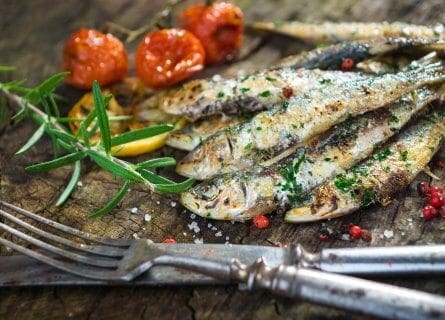
Sardinhas Grelhadas, Grilled Sardines Gastronomy & Wine
Apart from the ubiquitous seafood and fish dishes, including grilled sardines (“sardinhas grelhadas”), salt codfish (“bacalhau”), and tuna steaks (“bife de atum”), the “Lisboetas” also like their meat. You will frequently see dishes like “cozido à portuguesa” (boiled meats and sausages with vegetables) and “carne de porco à Alentejana” (pork cubes served with clams from the wine region of Alentejo, just east of Lisbon). “Frango Assado” is another specialty, and there is a great restaurant called Bonjardim in the Baixa district, calling itself the “Rei dos Frangos” (“King of Chickens”), where lovely roast chicken is served with homemade french fry wedges and salad.
The closest wine regions to Lisbon include the Alentejo (to the east, Estremadura (region making better and better wines, the top winery being Alba da Serra), and the Setúbal Peninsula (southeast of Lisbon, encompassing the wines of Bucelas, Colares, and Carcavelos). The most traditional wine from Setúbal is the sweet Moscatel de Setúbal, quoted by wine expert Hugh Johnson as “rudely robust.” It has indeed fallen out of favor since its heyday as the darling wine of the Portuguese nobility. However, the wine region of Alentejo is swiftly gaining new room in the market thanks to serious investment, modern technology, and a wave of inspired and trained winemakers.
Perhaps our favorite winery is the oldest in the area, Herdade de Esporão, a gorgeous estate with over 700 years of history. Esporão is one of the Portuguese leaders in wine tourism and has set up facilities like an atmospheric restaurant and organized wine tours of the estate.
Nearby Wine Regions
-
 Discover the unique flavors of Bucelas Wine Region. Home to Portugal's renowned Arinto grape. Visit and taste exquisite wines. Plan your trip now. Read more
Discover the unique flavors of Bucelas Wine Region. Home to Portugal's renowned Arinto grape. Visit and taste exquisite wines. Plan your trip now. Read more -
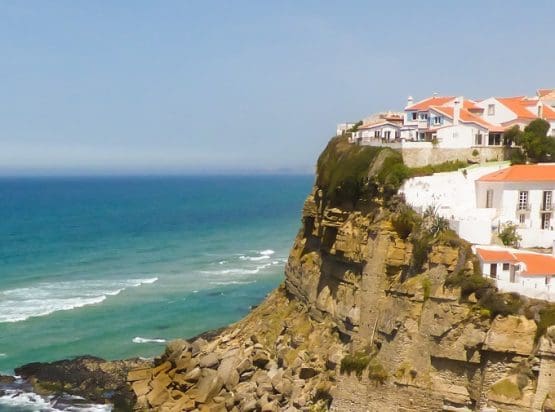 Experience the unique terroir of the Colares Wine Region in Portugal. Discover its wines and breathtaking scenery. Plan your visit! Read more
Experience the unique terroir of the Colares Wine Region in Portugal. Discover its wines and breathtaking scenery. Plan your visit! Read more -
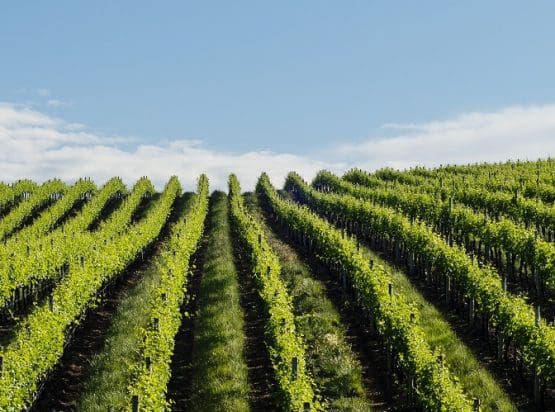 Discover the rich history and exquisite flavors of the Carcavelos wine region. Learn about its unique production methods and taste the best wines Read more
Discover the rich history and exquisite flavors of the Carcavelos wine region. Learn about its unique production methods and taste the best wines Read more -
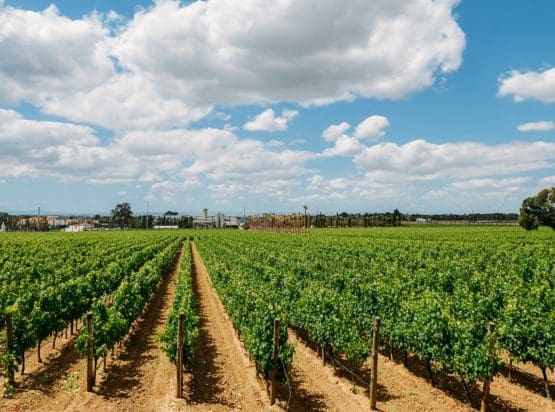 Experience the taste of Portugal's coastal Setubal wine region. Our guide showcases the best wineries, varietals, and insider tips. Start your journey today! Read more
Experience the taste of Portugal's coastal Setubal wine region. Our guide showcases the best wineries, varietals, and insider tips. Start your journey today! Read more
Highlights
-
Solar do Vinho do Porto- Great Wine Bar
This is one of our favorite wine bars in a classy, 18th-century mansion where you can taste hundreds of ports by the glass. You can also purchase bottles of almost anything. It’s on the street, Rua de São Pedro de Alcântara, 45.
-
Lisbon Food and Wine Tour
Fall in love with the enchanting city of Lisbon on our Lisbon Food and Wine Tour. Explore Portugal’s capital and surrounding area, including the esteemed Bacalhôa estate in Azeitão, aristocratic Cascais, and historic Sintra.
-
Castelo de São Jorge (St. George's Castle)
The majestic, medieval Castle of St George lies perched on the highest of Lisbon’s seven hills. Romans, Visigoths, and Moors occupied the castle’s location, and it was the royal residence until the late 1400s. The Moors built well-preserved walls. At the top, you can wander around the ramparts, towers, and gardens of the fortress and take in the incredible views of the Tagus River. It looks over the Baixa district and the Mouraria (the Moorish Quarter). The most atmospheric way to get up to the castle is on the legendary Tram 28, a tourist attraction in itself. Lisbon is full of vintage yellow trams dating from the early 1900s.
-
The Alfama- Medieval, working class Neighborhood
Alfama was one of the only parts of Lisbon to escape damage during the terrible earthquake in 1755. As a result, it is delightfully picturesque, with narrow winding streets and flowers spilling over balconies; you feel like you have stepped back in time. Around every corner, you can find wonderful sights in this charming area of Lisbon, reminding you of its Arabic influence and fishing port heritage.
-
Barrio Alto, Bohemian Chic Neighborhood
We love this quarter, full of Fado bars, trendy restaurants and bars, and steep cobblestoned streets. It’s a brilliant place for a stroll or a cocktail, taking in the ambiance. The area used to be quite rundown, but in the last decade has emerged as an artsy haven, as New York’s Soho did in the ’80s. Apart from art galleries and stylish eateries, there are plenty of atmospheric, inexpensive tascas and traditional “taverns.”
-
Museo Nacional do Azulejo
A fabulous place if you love Portuguese tilework, this sweet museum is laid out around the cloisters of a 16th-century convent. You can see tiles dating to the 1400s and a wonderful 120-foot-wide, blue-and-white panorama of Lisbon in the 18th century.
-
Mosteiro dos Jerónimos, Belém
This beautiful 16th-century monastery is one of the few surviving examples of medieval, Manueline architecture and is listed (along with the Torre de Belém) as a UNESCO World Heritage Site. It is also the resting place of Vasco da Gama and Portugal’s most famous writer, Luís de Camões. This magnificent monastery was built by King Dom Manuel in 1502. It was built to signify Portuguese importance as a world power at the time and, more specifically, to celebrate Vasco da Gama’s discovery of a sea route to India and the Spice Islands. It is the most unique expression of the wealth that Portugal acquired from discoveries and conquests in the 15th and 16th centuries.
-
Torre de Belém (Belém Tower)
This lovely tower (which looks more like a miniature castle) is positioned next to the bank of the Tagus River. It was built in 1515 as a monument to Portuguese maritime discoveries and, defensively, to protect the mouth of the river Tagus. It is another excellent example of Manueline-style architecture with fanciful naval themes.
-
Fado: Portuguese Music Traditional
If you come to Lisbon, you must see a Fado show. Coined Portugal’s answer to the blues, Fado is soulful, tragic, beautiful, and hopeful all at once. Accompanied by the mandolin-like guitar, the singing is intense and incredible to witness. Lisbon has many venues, mainly in the Bairro Alto and Alfama. “Parreirinha de Alfama” in the Alfama is small, intimate, and friendly, with good food. “Adega do Machado,” in the Bairro Alto, is fancier, founded in 1931, and has entertained prime ministers and presidents.
Recommended for you
More information
If you would like us to customize an exclusive luxury tour, contact us and let us know your travel plans. We offer luxury food and wine tours for private groups of a mininium two guests. In addition, all of our private, chauffeured tours are available year-round upon request.


